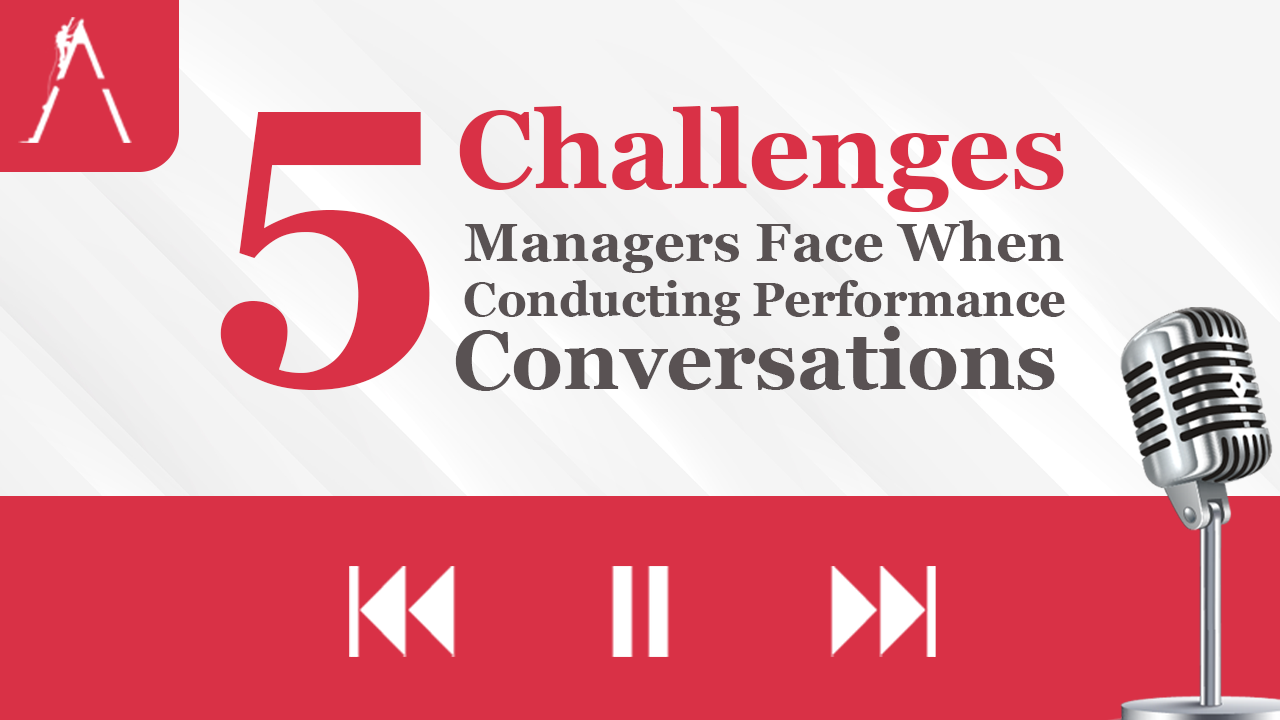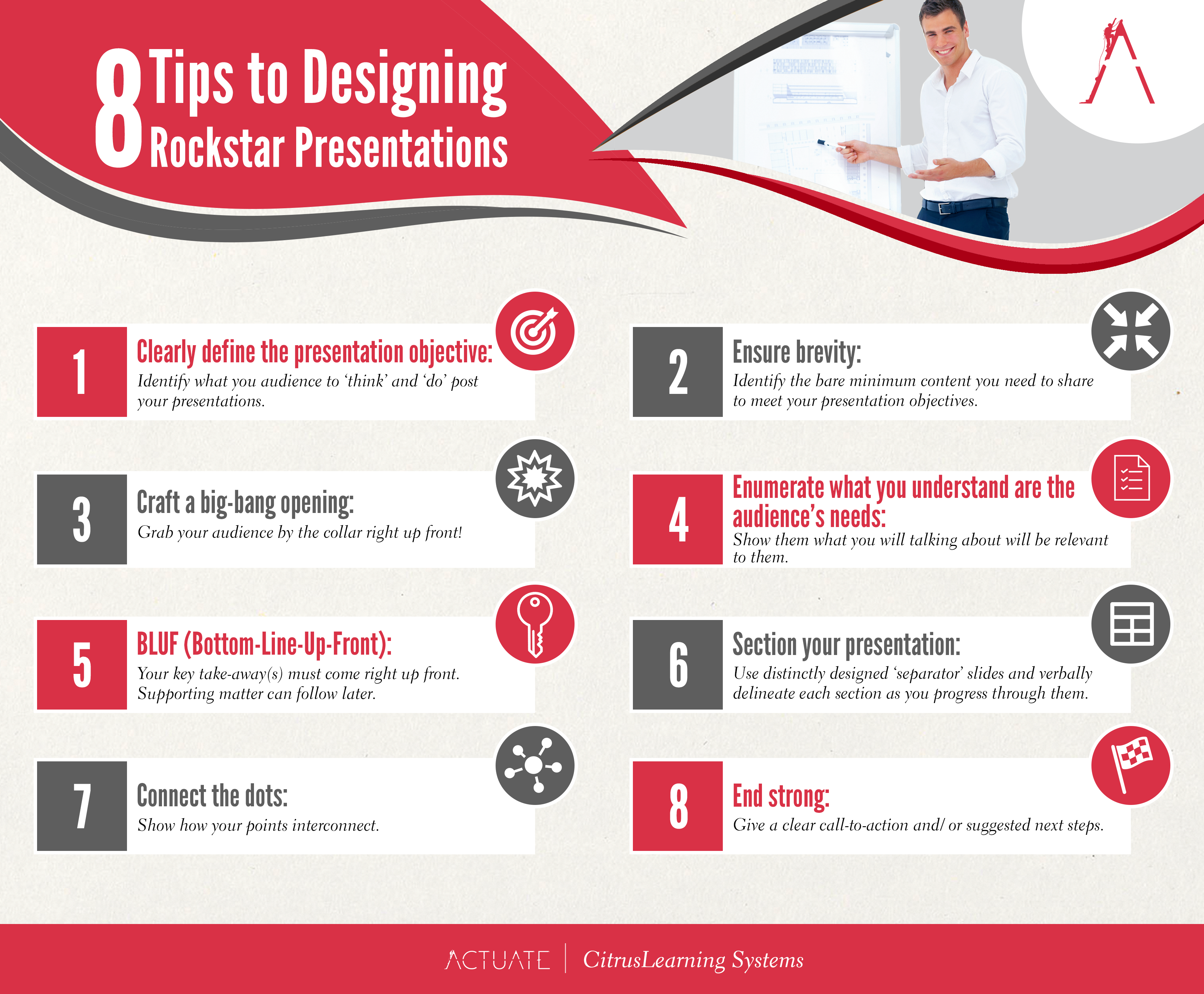
Harnessing Stress to Boost Team Member Productivity
Harnessing Stress to Boost Team Member Productivity
Lessons from Neuroscience
About this Podcast
Stress can be good!
Yes, you read that correctly.
In this podcast, we explore what neuroscience teaches us about the kind of stress that can aid performance, and how managers can use this knowledge to help their team members climb the productivity curve.
This podcast is a free download for subscribers of our free newsletter. Please fill in the form alongside and download this podcast for free.















